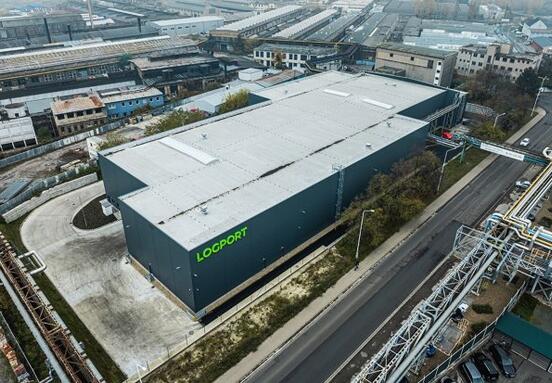If there is an industry that has been affected by the coronavirus pandemic, it is e-commerce. Even before the pandemic, the Czech Republic was one of the five largest European e-commerce markets and in 2019 the turnover exceeded 155 billion crowns. Slovakia is not far behind either, where turnover rose to 1.36 billion euros in the same year. In the pandemic year 2020, the growth of e-shops accelerated. "According to estimates, the year-on-year growth in turnover in Czech e-commerce will reach up to 25% in 2020. In Slovakia, for example, the volume of online sales increased by up to 54% in March 2020,” says Štěpán Mrázek, CEO of oXyShop, a company specializing in e-commerce. At the same time, he adds that this is not a short-term phenomenon and we will probably never return to the initial situation before the pandemic broke out. Therefore, if you are considering entering e-commerce, right now you have the ideal opportunity to jump on an imaginary train.
Start by analyzing the market
The first phase is to determine the demand. As mentioned above, Czechia and Slovakia are e-shop countries and there is, therefore, no shortage of interest. In the Czech market, the gap between small and large e-shops is widening more and more, when especially the larger ones may have problems standing out among the competition. But this situation can be a great opportunity. Small e-shops have the advantage of greater flexibility and dynamism in this situation, they can adapt significantly better to the circumstances. With a properly set marketing strategy, you can, so to speak, play the game according to your own rules.
The good news in this step is that the basics are already done and you don't have to start from scratch. Although financial investments will be needed for e-shop beginnings, they are usually smaller than, for example, investments in brick-and-mortar stores. The reason is clear - you already have the suppliers, goods and processes ready, as well as the essentials related to the brand. As for customers, you probably already have them. It is therefore enough to think about what customers most often deal with when shopping online, what they like in e-shops and what, on the contrary, reliably discourages them. Turn the same thought effort inside. What does your e-shop bring to customers and why should they buy from you? Then adjust your marketing strategy accordingly according to the answers.
Invest in automation
With the basics ready, you can move on to the challenges and needs associated with the e-shop itself. "First of all, it is necessary to consider the selection of a suitable e-shop solution and the related operations, ie hosting, domains and administration. Here, the price and offer vary depending on whether you choose a ready-made box solution, or you go the more complicated and longer path of your choice, "says Slavomíra Vígová, Money ERP sales manager, from Solitea. It should also be borne in mind that the e-shop is not a one-time investment. Money will need to be spent on the development of the e-shop itself and its marketing support, as trends and competition are changing from year to year and technology is moving forward.
The transition to e-commerce will increase the importance of warehouse logistics and transport. Here, for example, it is necessary to prepare enough space, material and time for packaging goods - something you probably didn't have to deal with so far. You will also find completely new cost areas, especially the transport of goods and payment administration. In particular, the latter area must be prepared for the fact that sales through the e-shop usually increase the volume of returns and complaints.
Each e-shop must also address the issue of day-to-day administration and organization. The smallest e-shops will suffice with a pencil and paper, or a spreadsheet in Excel. However, if you are planning to develop an e-shop and a product portfolio, the old ways of organization may not be enough for you in the future. Here is a good time to look for a suitable ERP system (Enterprise Resource Planning). "A suitable ERP system can significantly streamline warehouse management, accounting and transport. At the same time, it automates a number of routine processes, reduces shipping errors and unifies everything needed into one clear system. In addition to saving time and money, the salesperson will also speed up business processes, ”concludes Slavomíra Vígová from Solitea.
Source: // Radar Online







